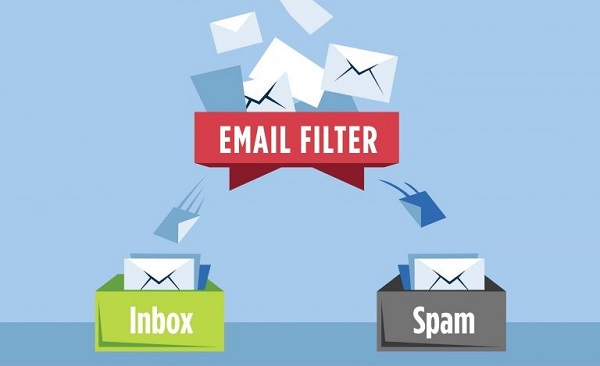By Kwami Ahiabenu II
According to www.spamlaws.com, over 14.5 billion of the messages transmitted daily around the world are spam. That is 45 per cent of all emails.
It is estimated that spammers receive one reply for every 12.5 million messages they send. Given that billions are sent daily, it is quite effective, earning spammers over 7,000 dollars on average daily, making this a profitable venture.
The cost of email spam runs into billions of dollars every year, quantified in wastage of time, negative impact on productivity and security breaches. The United States is the number one generator of spam email, with Korea a close second.
What is spam? online casino malaysia
Spam, also known as Unsolicited Commercial Email (UCE), refers to the transmission of irrelevant or unsolicited messages to a large group of users, typically using email addresses obtained illegally for the purpose of sending adverts, mostly of dubious products and services such as get-rich-quick schemes, scams, political messages, adult-related content, chain letters, email viruses or undertaking phishing.
There are usually two types of spams; group email spam (emailed to mailing lists) and direct email spam (emailed to individual users). Spams are usually anonymous, with the send address hidden and transmitted to many users.
Fighting spam
Email spam filter is the industry standard designed to help users fight spams. Using sophisticated algorithms which analyse incoming emails in order to determine their spam score, the programmes are able to ascertain if an incoming mail is legitimate or not and based on this, allow or disallow its passage to the inbox of an email user.
Sometimes, compliant senders are flagged as spammers, meaning some filter tests result in false positives, making spam filters not totally perfect.
Different spam filters work in different ways. Most free public email services such as Gmail, Yahoo, Hotmail etc. are filtered more aggressively than verified private email domains.
Some spam filters will flag emails from users once their IP address has sent spam at one time in the past.
However, total elimination of spams is nearly impossible. Users can only reduce or slow it down at best. Options such as block sender can help users block known addresses which are transmitting spam emails.
Similarly, they can use a block sender list to prevent spam emails from fake companies or groups, create rules for sorting and moving mails into spam folder.
There are a number of online resources such as https://www.spamhaus.org “that track spam and related cyber threats such as phishing, malware and botnets, and provide real-time actionable and highly accurate threat intelligence”.
How does an email spam filter work?
An email filtering solution relies on a number of protocols mandated to determine which incoming mails are spam and which ones are not.
There are a number of options: content, header, general blacklist, rules-based, permission and challenge-response filters, which require a sender of emails to enter a code in order to send emails.
Some sophisticated spam filters make use of a Bayesian filter or heuristic filter. A Bayesian filter makes use of Bayesian logic premised on Bayesian analysis to assess an email header and content in order to determine the probability of it being spam.
On the other hand, a heuristic filter uses intelligent guesswork rather than relying on prescribed formulae and using knowledge gained over time to help decide what incoming emails constitute spam.
You can set up a spam-filtering solution in three ways: hosted on a server or in the cloud or on premises network. Spam filter solutions can be installed both at the level of incoming emails or outgoing emails, therefore ensuring spams do not leave the system nor allow suspected spam come in.
Although spam-filtering solutions do not promise 100 per cent effectiveness, no business environment can operate effectively without them since it would be a recipe for disaster, leading to full inboxes at every turn.
There are a number of commercial and free products on the market such as SpamBully, SPAMfighter, Spam Reader, MailWasher, Spamihilator among others that can be accessed.
In terms of what solution a user should go in for, this is highly dependent on their operating environment, needs and preferences. For a firm which requires a high level of security, it is recommended that they go for permission-based filters while for operations receiving more content-based information emails, a content-based filter can be more applicable for their environment.
In conclusion, spam is a multi-billion business which is an ever-present problem for organisations and individuals. Therefore, there is a need for all concerned to put in place strategies to deal with it.
A simple strategy should be the careful selection of a spam filter based on assessment of an individual’s level of risk and its appropriateness for their peculiar environment.






